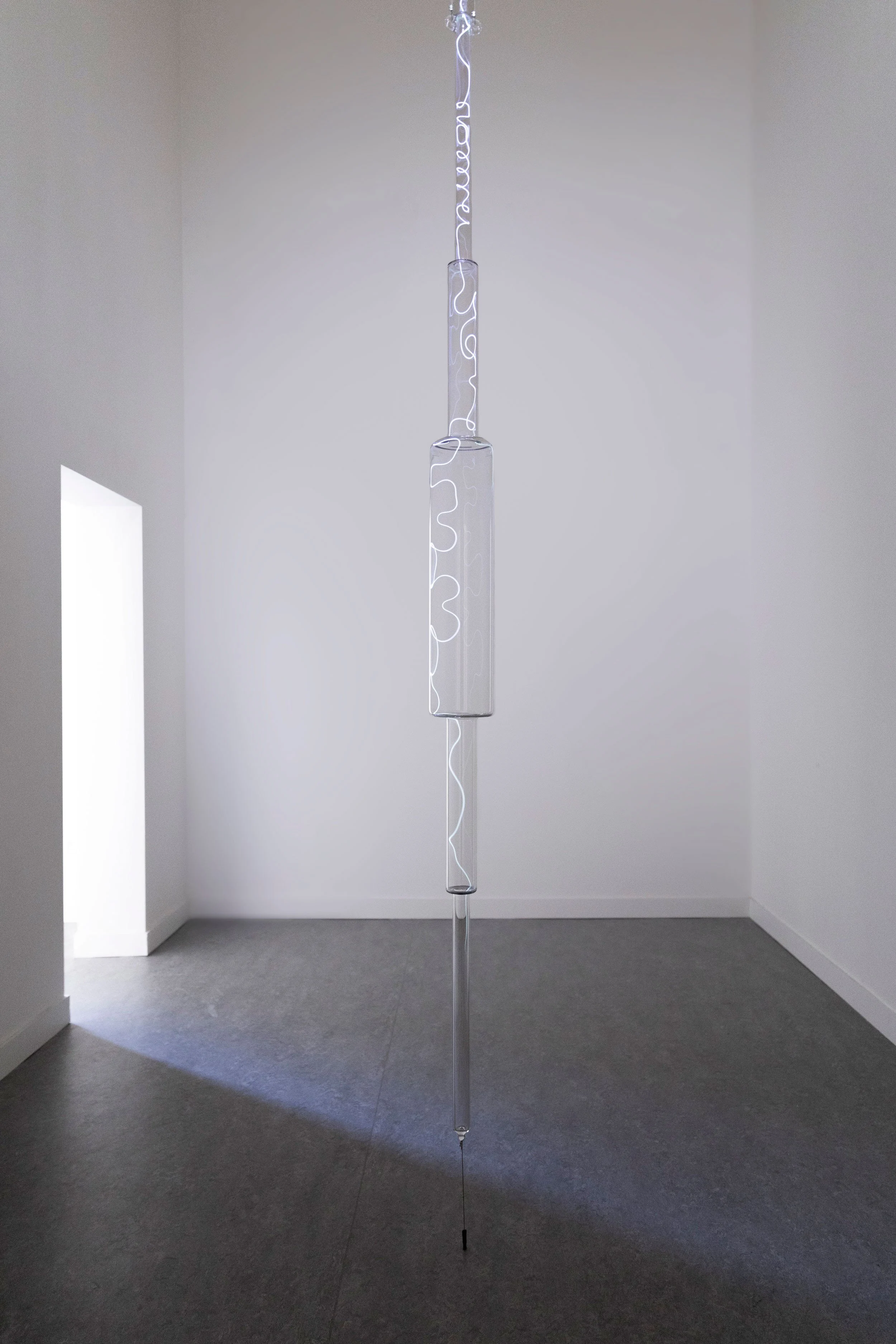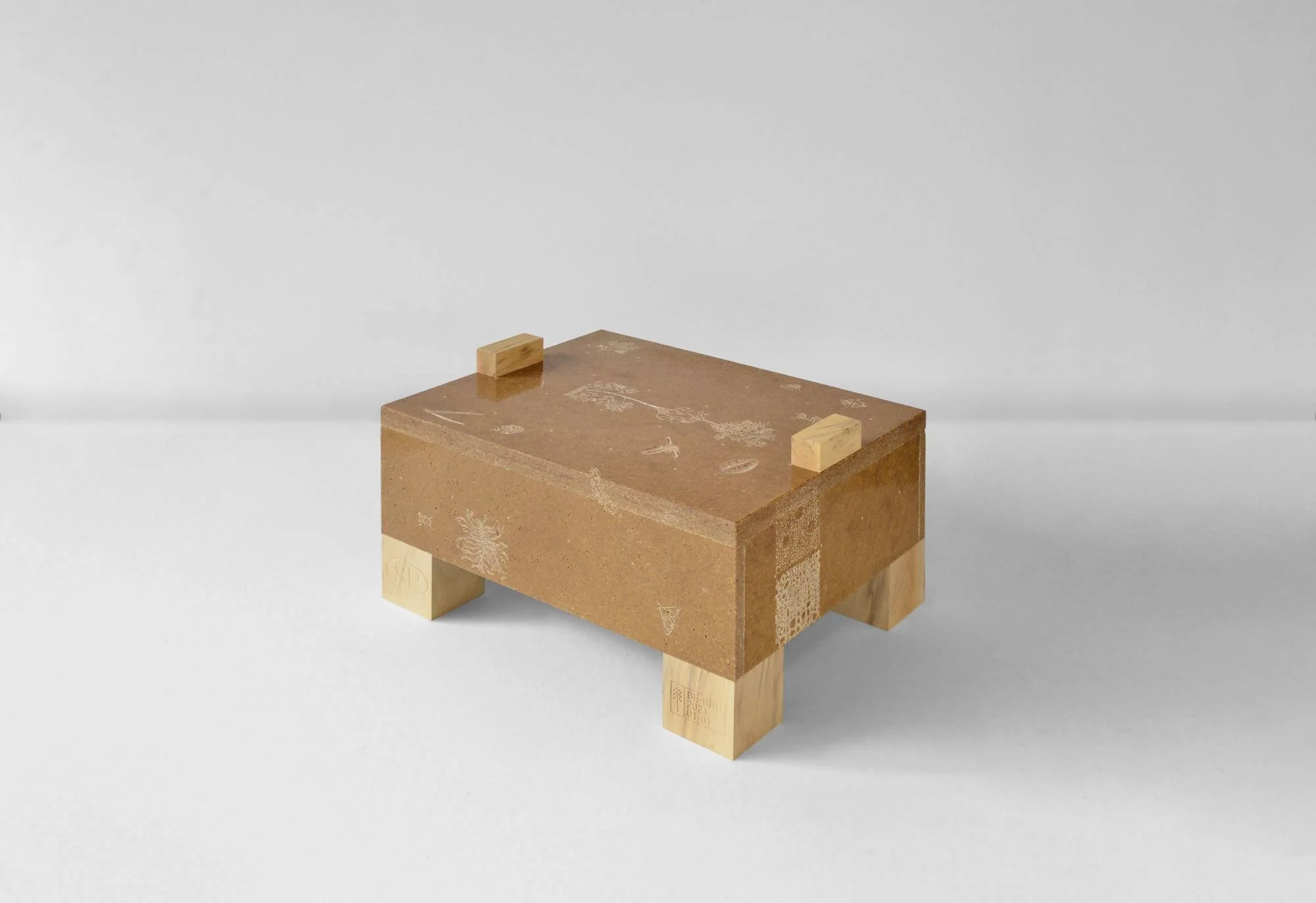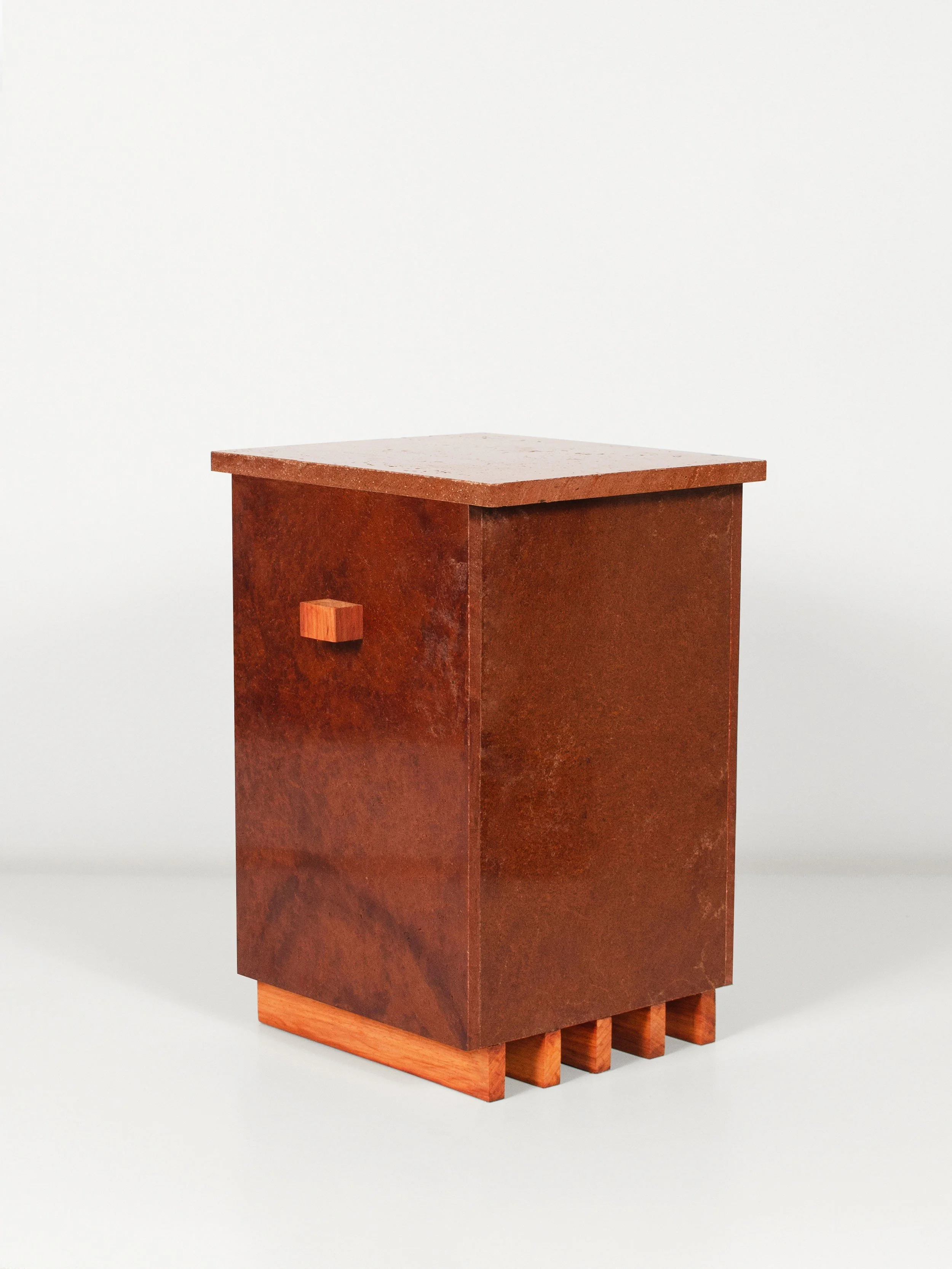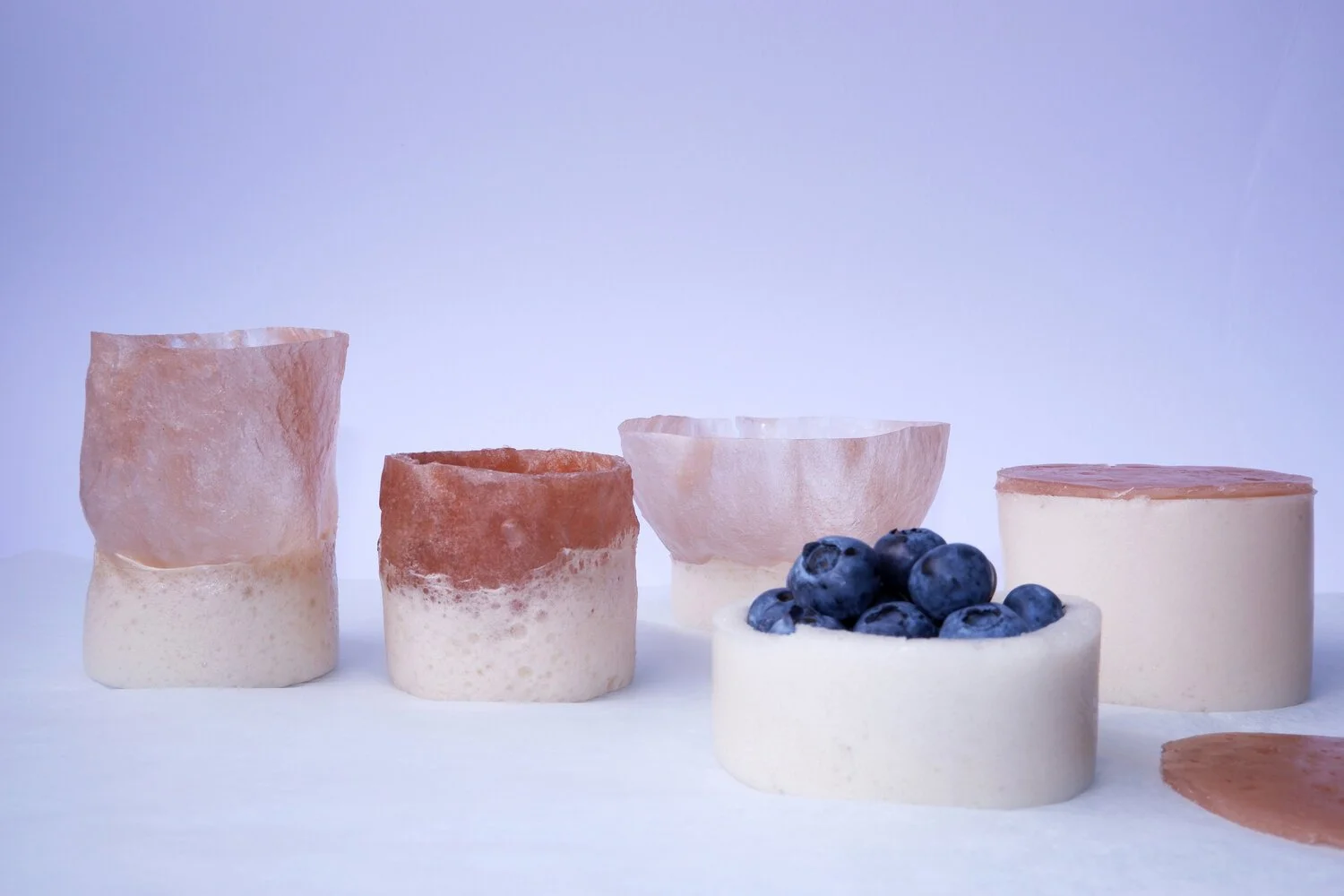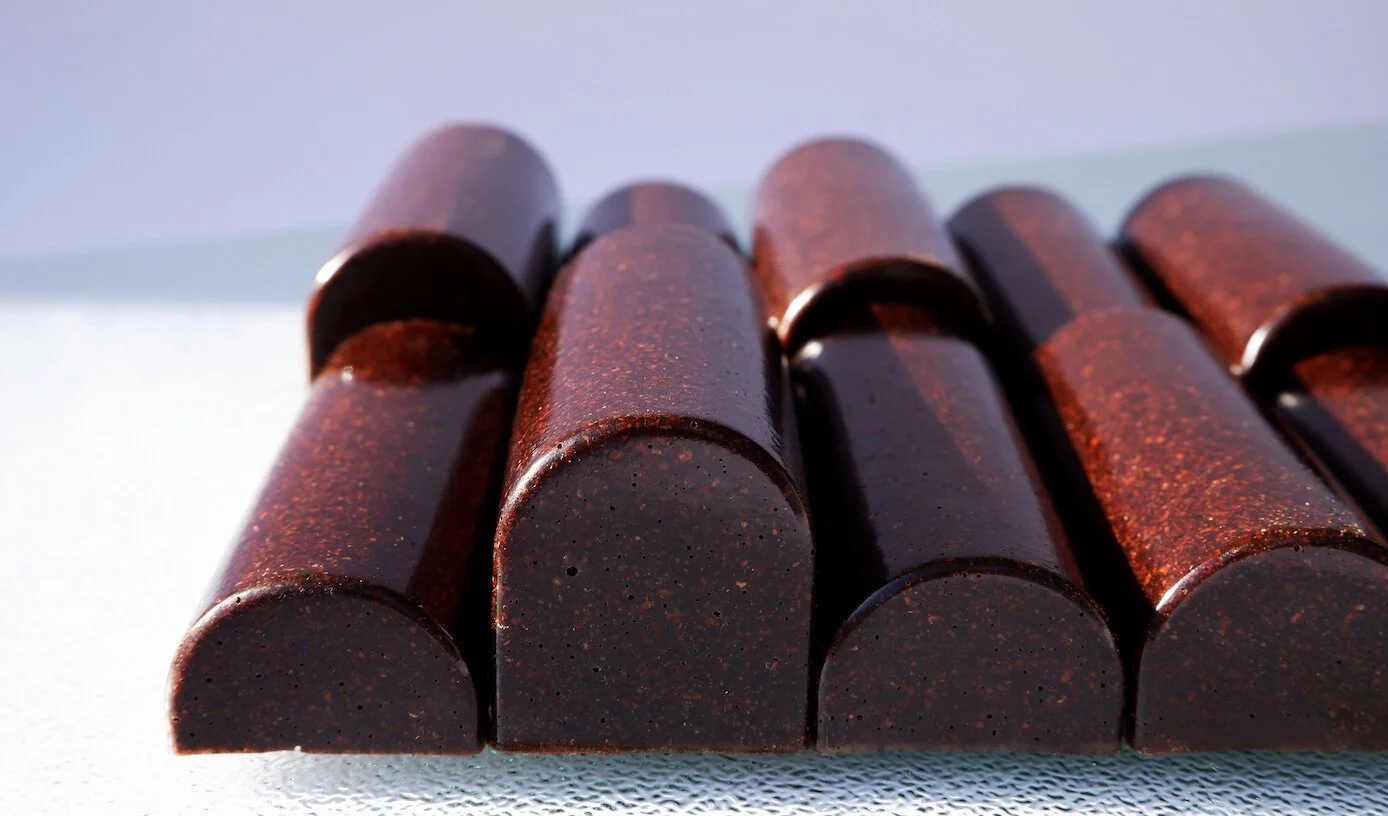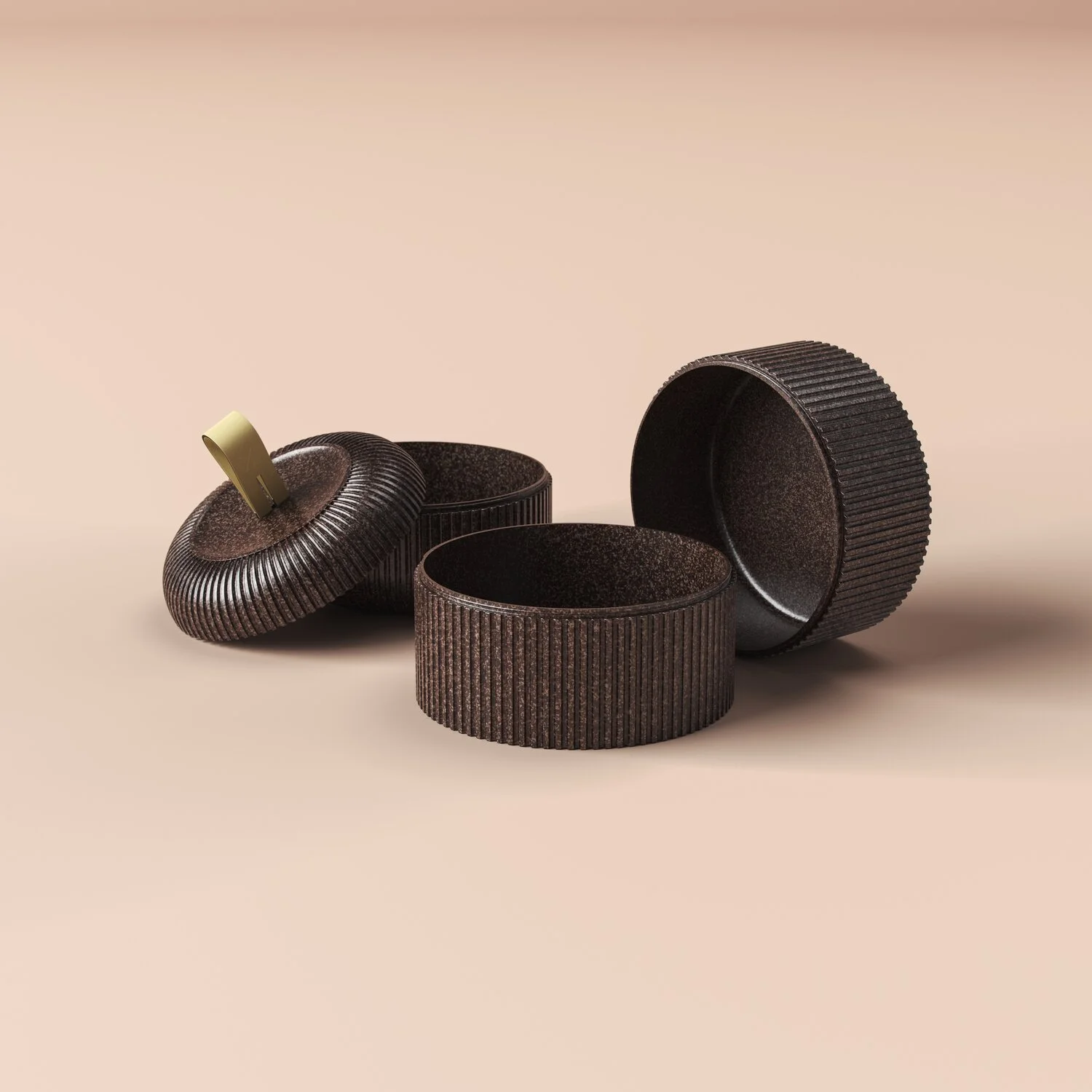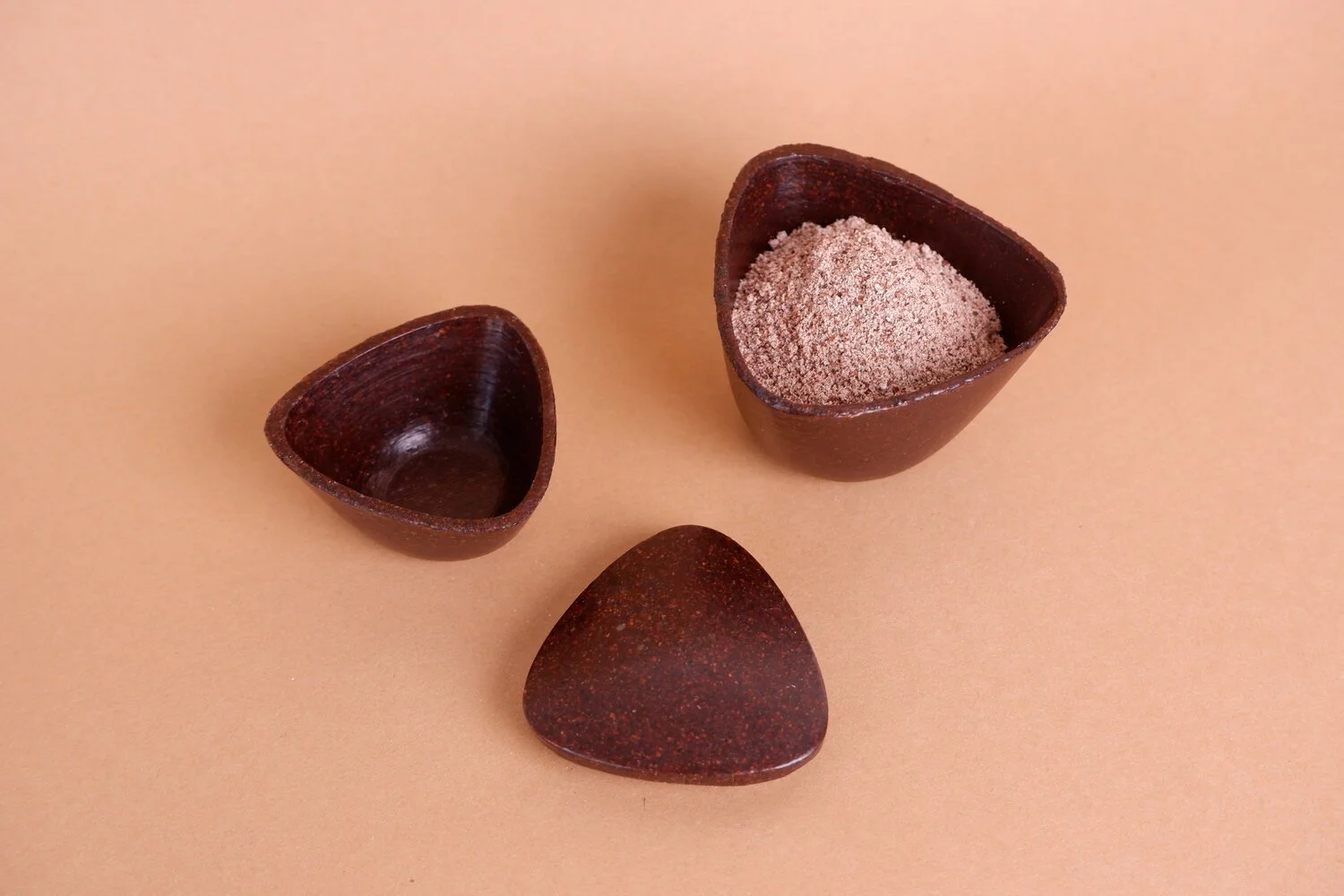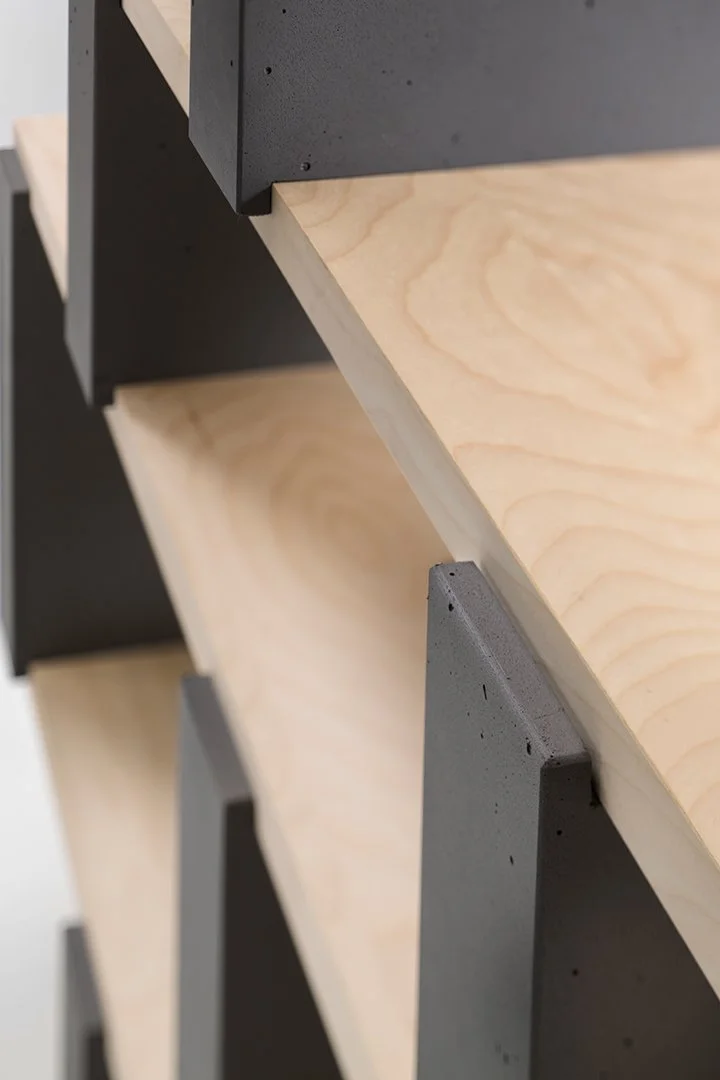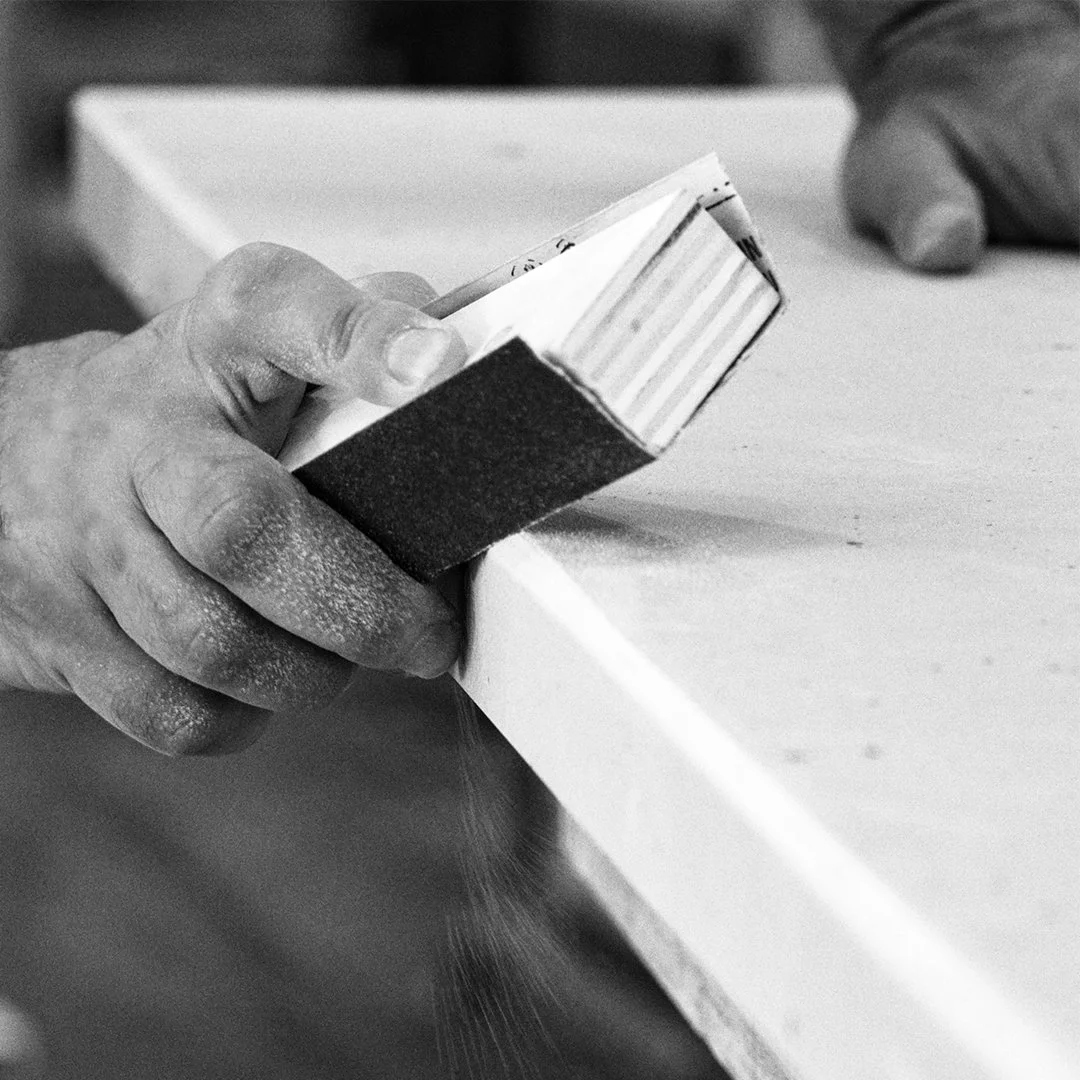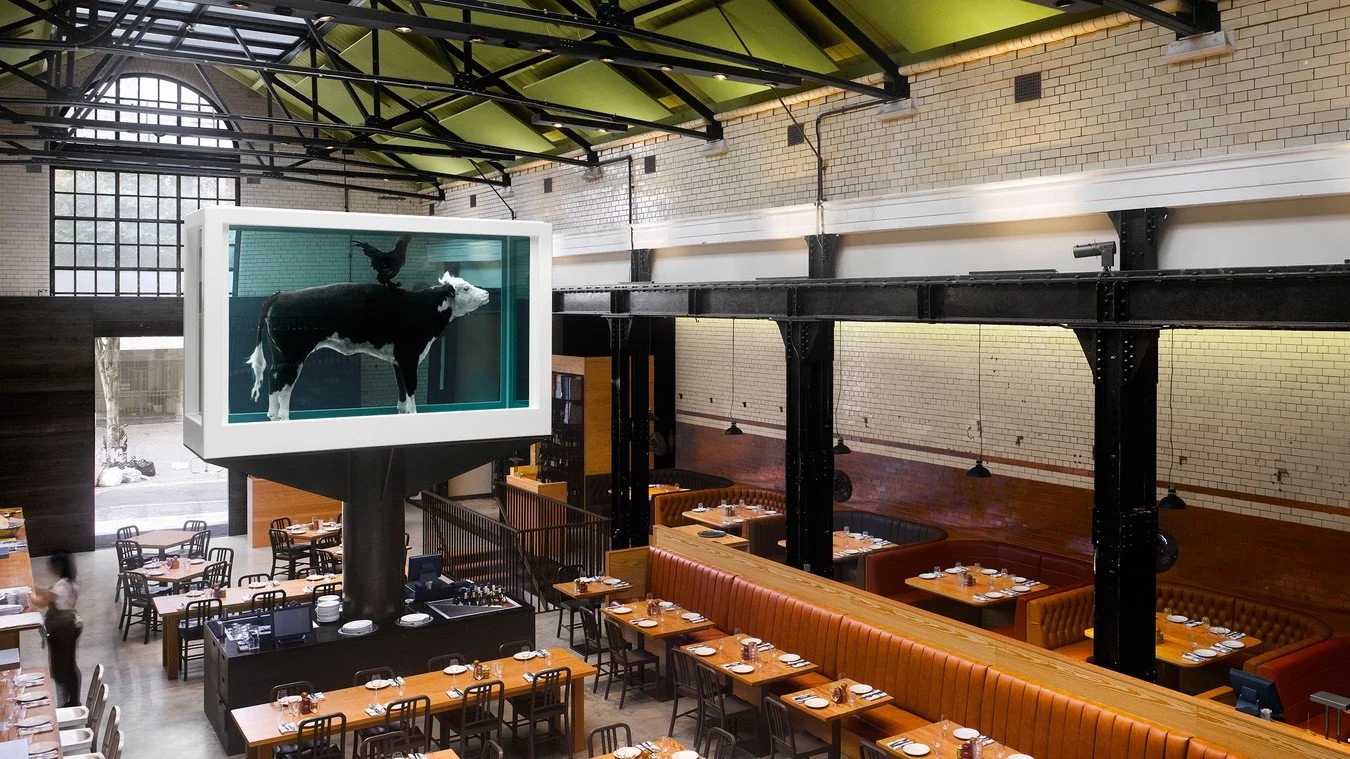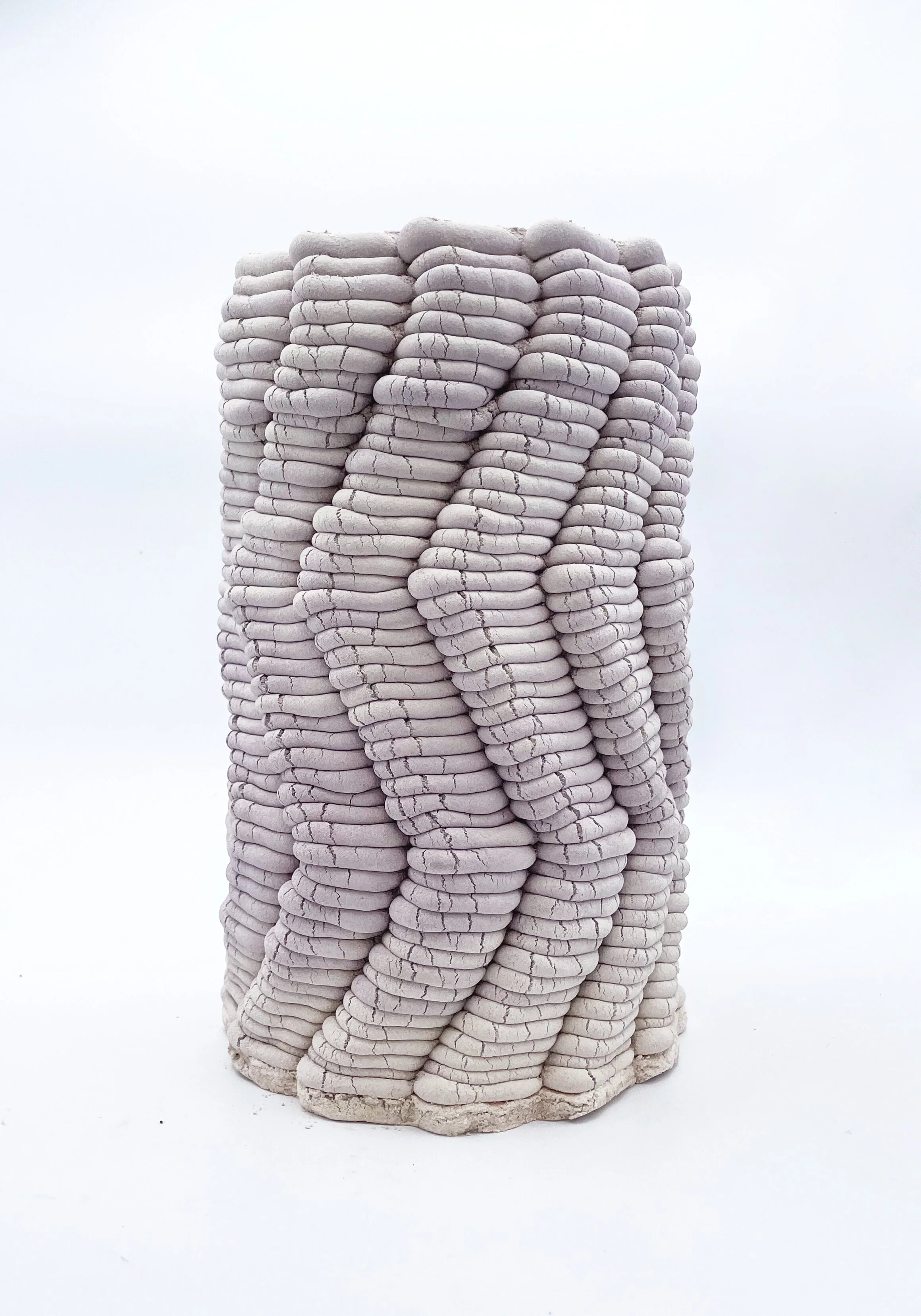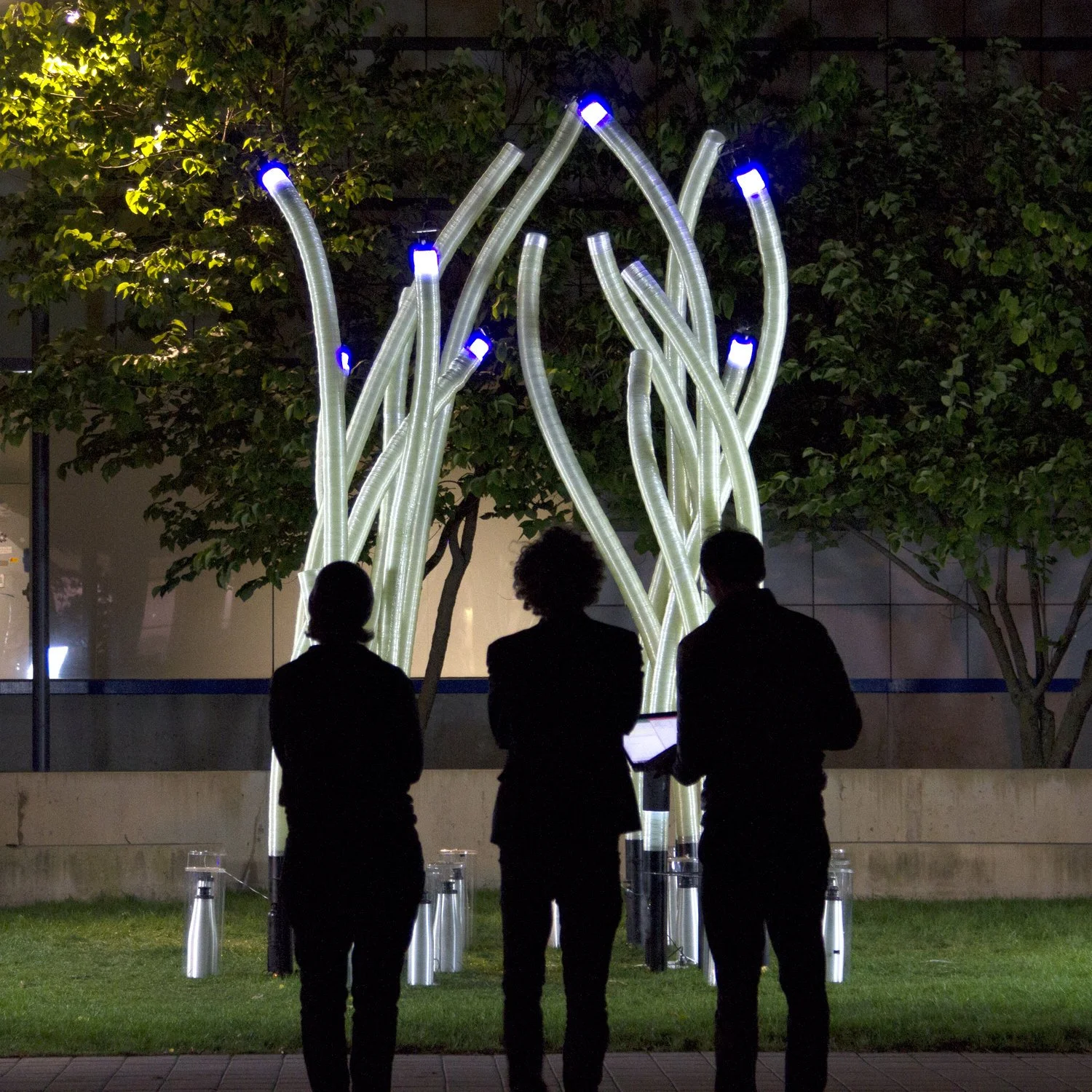 Image 1 of 10
Image 1 of 10

 Image 2 of 10
Image 2 of 10

 Image 3 of 10
Image 3 of 10

 Image 4 of 10
Image 4 of 10

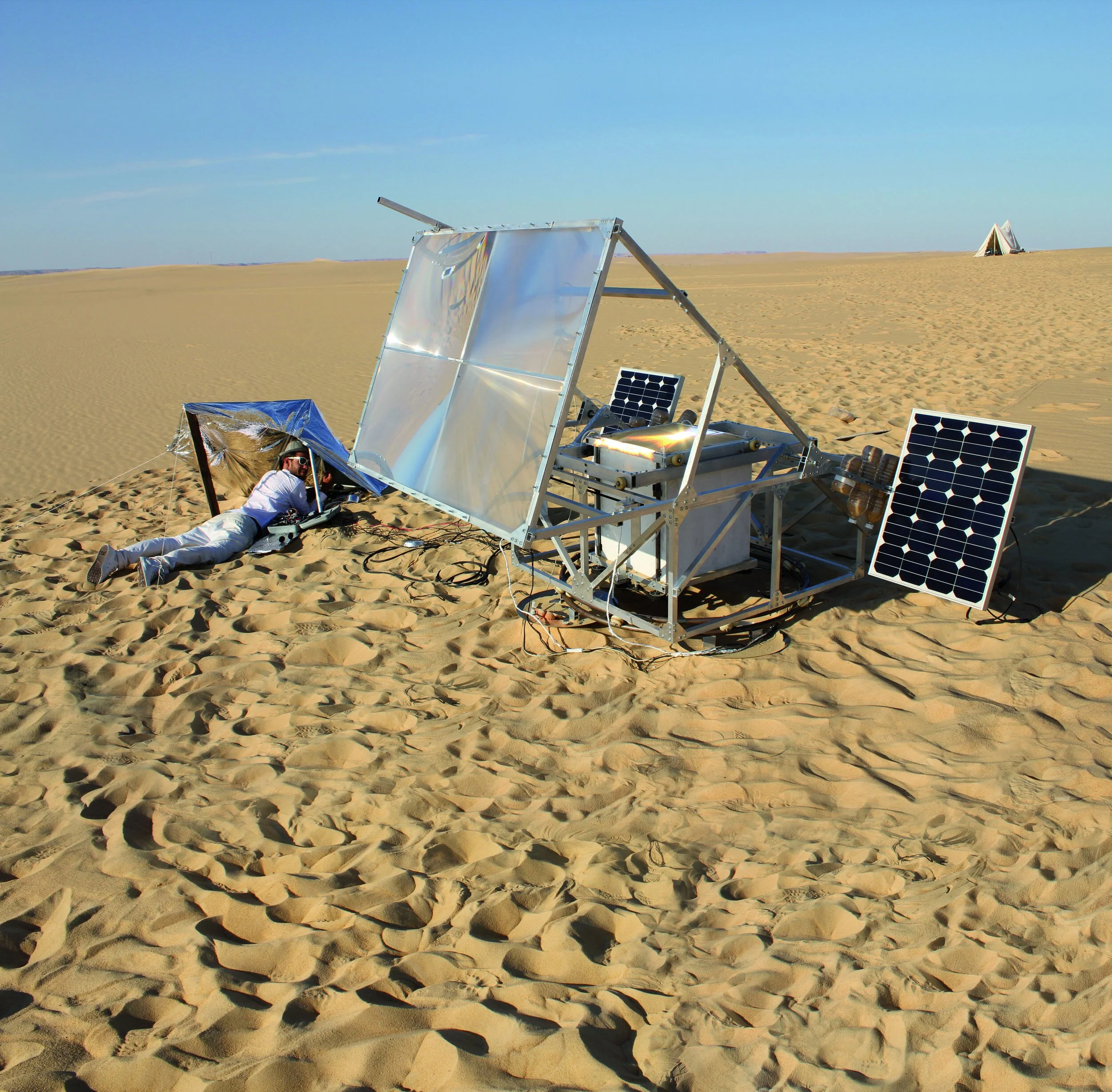 Image 5 of 10
Image 5 of 10

 Image 6 of 10
Image 6 of 10

 Image 7 of 10
Image 7 of 10

 Image 8 of 10
Image 8 of 10

 Image 9 of 10
Image 9 of 10

 Image 10 of 10
Image 10 of 10











Markus Kayser designs often bridge the gap between art and science
Kayser Works is a design studio founded by German designer, artist, and inventor Markus Kayser. The studio was established with the mission to explore novel design and digital fabrication processes at the intersection of design, technology, and biology. Kayser Works' current approach focuses on challenging rigid design and fabrication conceptions by deploying raw energy, materials, biological systems, and technology to develop new forms of making. Core values include innovation, sustainability, and interdisciplinary collaboration, with a purpose to redefine the relationship between design, materials, and the environment.
Location
Headquarters: Berlin, Germany.
Note: Strategic location in Berlin, with previous work conducted at MIT Media Lab and in desert environments.
The Circular Vision
Core circular economy principles: While not explicitly focused on circular economy, many projects incorporate principles of material innovation, energy efficiency, and sustainable production.
Key innovations: Development of the Solar Sinter (3D printing using desert sand and sunlight), Silk Pavilion (combining digital and biological fabrication), and Fiberbots (autonomous digital fabrication system).
Prioritization of local sourcing and closed-loop supply chains: Emphasis on using locally available resources and natural energy sources in projects like the Solar Sinter.
Pioneering Solutions
Flagship projects: Solar Sinter (3D printing with sand and sunlight), Silk Pavilion (architecture using silkworms), Fiberbots (robotic fabrication), LIGHTzeit (dynamic lighting installation), and PaC (minimal waste chair design).
Unique value propositions: High-quality, innovative design solutions that challenge conventional manufacturing processes and explore the potential of natural systems and energy sources.
The Regenerative Future
R&D focus areas: Advancing digital fabrication techniques, exploring new applications for natural materials and energy sources, and developing solutions that bridge the gap between technology and biology.
Ambitious goals: To lead the design industry in innovative practices, create novel fabrication methods, and inspire a shift towards more sustainable and efficient design and production approaches.
Fact Sheet
Commercial Availability: Many projects are experimental, with some designs available through exhibitions and collaborations.
Circularity Rating: 4/5 (Strong focus on innovative, sustainable approaches, though not all projects explicitly address circularity).
Key Certifications: Various awards including Design Miami/Basel's Designer of the Future Award (2012) and Ars Electronica Award of Distinction (2012).
Cost Rating: Varies by project; many are research-oriented rather than commercial products.
Material Passport: Detailed material exploration and innovation in many projects, often focusing on natural or locally sourced materials.
Designed for Disassembly: Varies by project; some, like PaC chair, consider ease of assembly/disassembly.
Carbon Performance: Focus on reducing environmental impact through innovative energy use and material choices, though not explicitly quantified for all projects.
Key Takeaway
Kayser Works transforms the design and fabrication industry through innovative solutions that challenge conventional methods, setting a benchmark for exploring the intersection of technology, biology, and sustainability in contemporary design practice.
Explore Further
Kayser Works website: https://kayserworks.com
Kayser Works is a design studio founded by German designer, artist, and inventor Markus Kayser. The studio was established with the mission to explore novel design and digital fabrication processes at the intersection of design, technology, and biology. Kayser Works' current approach focuses on challenging rigid design and fabrication conceptions by deploying raw energy, materials, biological systems, and technology to develop new forms of making. Core values include innovation, sustainability, and interdisciplinary collaboration, with a purpose to redefine the relationship between design, materials, and the environment.
Location
Headquarters: Berlin, Germany.
Note: Strategic location in Berlin, with previous work conducted at MIT Media Lab and in desert environments.
The Circular Vision
Core circular economy principles: While not explicitly focused on circular economy, many projects incorporate principles of material innovation, energy efficiency, and sustainable production.
Key innovations: Development of the Solar Sinter (3D printing using desert sand and sunlight), Silk Pavilion (combining digital and biological fabrication), and Fiberbots (autonomous digital fabrication system).
Prioritization of local sourcing and closed-loop supply chains: Emphasis on using locally available resources and natural energy sources in projects like the Solar Sinter.
Pioneering Solutions
Flagship projects: Solar Sinter (3D printing with sand and sunlight), Silk Pavilion (architecture using silkworms), Fiberbots (robotic fabrication), LIGHTzeit (dynamic lighting installation), and PaC (minimal waste chair design).
Unique value propositions: High-quality, innovative design solutions that challenge conventional manufacturing processes and explore the potential of natural systems and energy sources.
The Regenerative Future
R&D focus areas: Advancing digital fabrication techniques, exploring new applications for natural materials and energy sources, and developing solutions that bridge the gap between technology and biology.
Ambitious goals: To lead the design industry in innovative practices, create novel fabrication methods, and inspire a shift towards more sustainable and efficient design and production approaches.
Fact Sheet
Commercial Availability: Many projects are experimental, with some designs available through exhibitions and collaborations.
Circularity Rating: 4/5 (Strong focus on innovative, sustainable approaches, though not all projects explicitly address circularity).
Key Certifications: Various awards including Design Miami/Basel's Designer of the Future Award (2012) and Ars Electronica Award of Distinction (2012).
Cost Rating: Varies by project; many are research-oriented rather than commercial products.
Material Passport: Detailed material exploration and innovation in many projects, often focusing on natural or locally sourced materials.
Designed for Disassembly: Varies by project; some, like PaC chair, consider ease of assembly/disassembly.
Carbon Performance: Focus on reducing environmental impact through innovative energy use and material choices, though not explicitly quantified for all projects.
Key Takeaway
Kayser Works transforms the design and fabrication industry through innovative solutions that challenge conventional methods, setting a benchmark for exploring the intersection of technology, biology, and sustainability in contemporary design practice.
Explore Further
Kayser Works website: https://kayserworks.com


